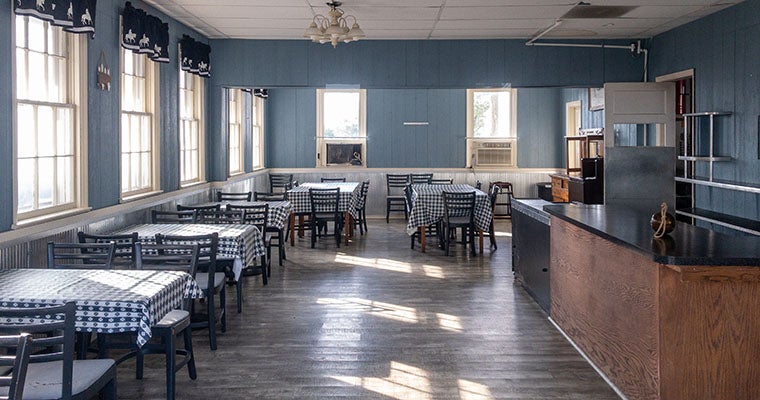It’s actually less about safety…and more about trust.
How do people decide who to trust during the pandemic? From contradicting news sources, to rapidly evolving information, to quarantine fatigue, it’s safe to say everyone is a little confused—and that very much includes restaurant customers. Before the pandemic, diners may have prioritized delicious food, atmosphere, and good vibes, but now customers put restaurants they trust above all else, and need to have a safe experience to return.
Some consumers will decide which restaurant they want to dine at, based on their scale and capacity for standardized procedures. Tim, a doctor in San Diego, finds himself carrying out from more “corporate-type restaurants” because he “feels that they might have some better control over the cleanliness and food to the processes.”
Others, like Cathy, a mom from the suburbs of Chicago, choose based on how long they’ve known the restaurant: “I am comfortable going to that restaurant because they have been around forever and know they wouldn’t cut corners at risk of shutting down.”
No matter how comfortable diners are with dining-in, they each factor trust into their decision making. So if safety is predicated on trust…what determines trust?
What determines trust?
Familiarity
For some, this trust comes from eating at restaurants that they’re familiar with. They’ve been there before, and may have a personal connection to a manager or staffers, so they trust that protocols are being followed.
Legacy
On the other hand, trust can come from simply being what diners call “established.” If your restaurant is seen as the cornerstone of the community, and has weathered a few crises, then diners expect the restaurant to have the knowledge and commitment to handle this pandemic.
Multi-unit and chains
Other diners, like Tim, prefer “corporate” restaurants, be it a chain or local multi-unit. They believe that if operations are optimized for multiple locations, operators must have a greater capacity for rolling out new safety precautions.
Eagle-eyed Diners
When it comes to safety & sanitization tactics, the pandemic has heightened anxiety to the point where even the most chill diners have become extremely observant consumers. Each time contact is made with a restaurant, something new informs the opinion of safety. Many don’t feel safe and comfortable in a restaurant setting yet, but they are willing to try so they can socialize.
The good news is, while diners have wildly differing opinions about safety regulations, there are a few bottom lines that everyone expects.
Must Haves
Clear communication and enforcement of safety rules:
When dining in, diners want to know what to expect, especially as they walk into your space. Make sure your guests understand what you’re doing to stay safe, and the role they play as well. Then, enforce! Don’t let one or two bad apples ruin the experience for everyone else.
Contactless pickup:
Whether via digital app, or phone and walkie-talkie, a seamless contactless experience is enough to drive loyalty these days. Mobile order for pickup can provide a faster pickup experience for consumers, and improve operational efficiency for you.
Safety beyond sanitation:
While you should refer to national and state regulations when it comes to safety, consumers recognize these measures first: social distance, easily accessible hand sanitizer, and masks on staff and guests.
Things to Try
Contactless payment for dine-in:
Just because a diner is in your restaurant doesn’t mean you have to pass germs back and forth through credit cards, check envelopes and pens. This is the perfect opportunity to try out new technology that won’t break the bank while optimizing operations and customer flow. Dine-in customers are pleasantly surprised by new touchless ways to interact with restaurants.
Digital Ordering and Menu Evolution for dine-in:
Explore low-effort solutions like links to your online menu, that reduce consumer’s contact with the waitstaff. Diners like Tim Y in San Diego were delighted by QR codes that allowed him to view the menu without touching any additional items. “The other thing that I really liked is the lack of menus. Those were probably germ havens. Now they have a key or QR code technology that you can scan on your phone to pull up the menu.”
This content is powered by Relish Works.
Relish Works, from Gordon Food Service, is a team of innovators, strategists, designers, and investors focused on building solutions to the food industry’s most pressing challenges.
This summer, their research team got a sneak peek into the habits of 28 diners to understand how COVID-19 is impacting their dining out behavior. Their research findings inspired this article to provide restaurants with insight into diners’ expectations and innovative ways to enhance their restaurant experience during and after COVID-19.










